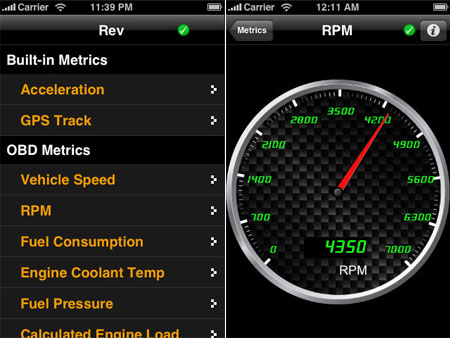
This project provides LED feedback when an email is received. It uses a 4d-micro-USB module from Dontronics to interface serially and provide power to a Picaxe 08M. The PIC can control color and brightness of a RGB LED. The feedback is given by seven colors of the LED. The code is python script and picaxe basic, which he’s posted.
Month: September 2008
Peltier-based Cooling/heating Backpack
 [Max Weisel] recently created a Peltier-based cooling/heating system that fits into a backpack. The system uses two Peltier units, each running at 91.2 watts, with computer heat sinks mounted on one side of the unit to dissipate the excessive amounts of heat generated. While he was originally trying to build a cooling backpack, the use of the Peltier units meant that the cool side would become warm when the direction of current was switched, meaning that the backpack could become a heating backpack with the flip of a switch. In order to power the two Peltier units, he uses two 12v motorcycle batteries, weighing in at around 5 pounds each. While this backpack might be a little heavy for your back, it looks promising for anyone who needs to keep things cool (or warm) on the go.
[Max Weisel] recently created a Peltier-based cooling/heating system that fits into a backpack. The system uses two Peltier units, each running at 91.2 watts, with computer heat sinks mounted on one side of the unit to dissipate the excessive amounts of heat generated. While he was originally trying to build a cooling backpack, the use of the Peltier units meant that the cool side would become warm when the direction of current was switched, meaning that the backpack could become a heating backpack with the flip of a switch. In order to power the two Peltier units, he uses two 12v motorcycle batteries, weighing in at around 5 pounds each. While this backpack might be a little heavy for your back, it looks promising for anyone who needs to keep things cool (or warm) on the go.
IPhone OBD-II App
Rev by DevToaster is an application for the iPhone and iPod Touch that allows real-time monitoring of vehicle ECU data from the OBD-II port. Rev interfaces with a WiFi OBD-II dongle.
If your check engine light is on or flashing, REV is able to check the engine code, list all of the engine codes stored in the vehicle, and reset the stored codes or check engine light.
Rev is able to monitor real-time; vehicle speed, RPM, fuel consumption, engine coolant temp, fuel pressure, calculated engine load, throttle position, intake manifold pressure, air intake temp, timing advance, mass air flow, fuel level, barometric pressure, EVAP system vapor pressure, and fuel trim.
A brief video of REV in action is after the break.
Knit Touchpad

[Plusea] made her own touchpad using some anti-static gloves and an Arduino. This proof of concept is fairly small, but the system could be scaled quite large if you could find the fabric. She cut apart the anti-static glove, mounted it and wired it to the Arduino. A special piece is made to fit over the finger that is also wired to the Arduino. The location of where she touches is determined by the resistance between the finger and each corner. Watch the video on the instructable to see how it measures.
She mentions that there are a few different ways to build it, some which would not require anything on your finger, but would use another piece mounted behind the touchpad. The method she is currently using though, would allow for the fabrick to be any size or shape, even molded around something.
History Hacker Show Pilot Tonight

[Bre Pettis], the former host of the Make podcast and member of NYCResistor has gotten his own show. Debuting tonight on the History Channel, “History Hacker” will be exploring our technological past through hacking. He reminds us on his site, this is just the pilot, it has to get ratings to have more episodes. [Bre] suggests watching it with the family as it should be educational and fascinating. Catch it tonight at 8pm and midnight.
8 Bit Digital Sampler Kit, Bendable Too

No, it’s not flexible, its bendable. As in, you can hack it to sound different by connecting parts in random ways. “Where’s the Party At?”, or “WTPA” for short is a bendable 8 bit sampler made by [Todd Bailey]. Still curious what it is? Watch his video showing it in action. The video is huge, 93Megs, so be patient. The overall attitude of this project is built around hacking. Consider this quote from his page ” I’ve got lots of things to poke, bend, illuminate, invoke, distrust, regulate, and otherwise get jiggy with. It’s like being 15 at the mall again! “. Sounds like fun to us.
[via Create Digital Music]
How-To: Web Server On A Business Card (Part 2)
This mini web server is slightly smaller than a business card. There are a lot of tiny one-board servers out there, but this is probably the smallest you can etch and solder at home. Unlike many embedded web servers, files are stored on a PC-readable SD card, not in a difficult-to-write EEPROM. Read on for the web server design, or catch up on PIC 24F basics in the previous article: Web server on a business card (part 1).
Continue reading “How-To: Web Server On A Business Card (Part 2)”












